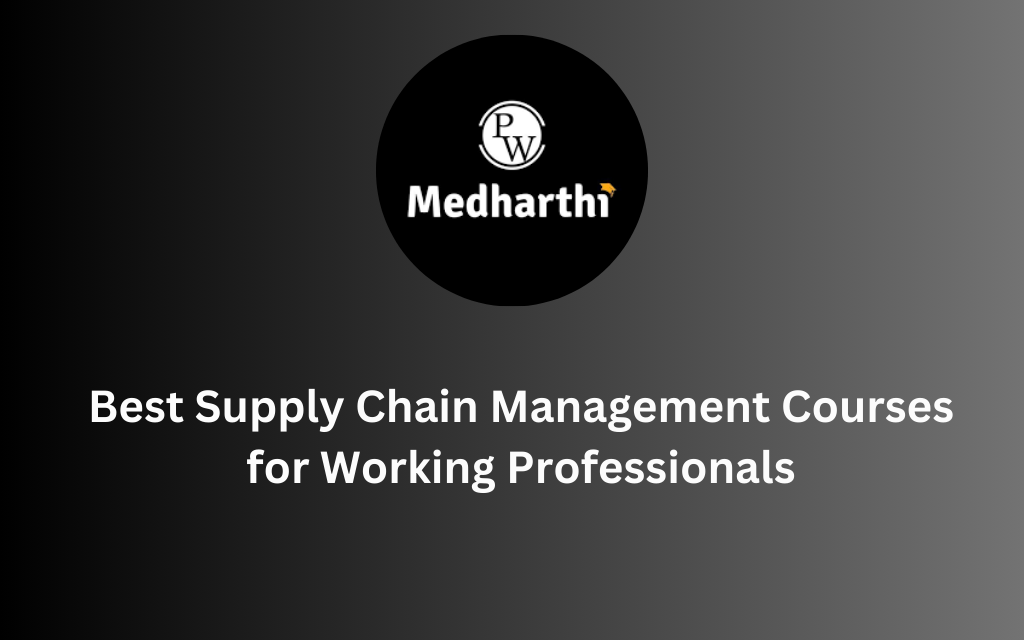

Roadmap to Successful Supply Chain Digital Transformation: In today’s fast moving technology-driven world, supply chain digital transformation has become a critical strategy for businesses to enhance efficiency, reduce costs, and gain a competitive edge. Adopting digital solutions not only streamlines supply chain operations but also enables businesses to meet the demands of an increasingly complex and interconnected global economy.
This article provides a comprehensive roadmap for achieving a successful supply chain digital transformation, incorporating the key steps, best practices, and technologies necessary to thrive in the digital age.What is Supply Chain Digital Transformation?
Supply Chain Digital Transformation refers to the process of integrating advanced digital technologies and data analytics into supply chain operations to improve efficiency, visibility, and agility. It involves leveraging tools such as artificial intelligence (AI), Internet of Things (IoT), blockchain, and cloud computing to create a seamless and data-driven supply chain network.
Benefits of Supply Chain Digital Transformation
Supply chain digital transformation has revolutionized how businesses operate, offering unprecedented efficiency, agility, and visibility. By integrating advanced technologies, companies can streamline processes, reduce costs, and enhance customer satisfaction. Here are the key benefits that make digital transformation an essential strategy for modern supply chains.- Improved Efficiency : Automation reduces manual tasks, minimizes errors, and speeds up processes.
- Enhanced Visibility : Real-time tracking and monitoring improve decision-making and inventory management.
- Cost Optimization : Streamlined operations lead to reduced operational costs and waste.
- Better Customer Satisfaction : Faster deliveries and personalized services improve the customer experience.
- Resilience : Digitized supply chains are better equipped to adapt to disruptions.
Roadmap to Supply Chain Digital Transformation
Here’s a step-by-step roadmap to guide organizations through a successful supply chain digital transformation journey:1. Assess Current Supply Chain Processes
Before initiating the transformation, conduct a detailed assessment of your current supply chain processes, identifying pain points, inefficiencies, and opportunities for improvement.Key Steps:
- Map out the end-to-end supply chain workflow.
- Analyze historical data to identify recurring issues.
- Gather feedback from stakeholders to understand challenges.
Output: A clear understanding of the gaps and areas where digital technologies can add value.
2. Define Clear Goals and Objectives
Set clear, measurable goals for the transformation process. Align these objectives with the overall business strategy.Examples of Goals:
- Achieving 100% real-time visibility into inventory.
- Reducing order-to-delivery time by 30%.
- Improving supplier collaboration through digital platforms.
| Goal | KPI/Metric | Timeline |
|---|---|---|
| Real-time visibility | % of supply chain monitored in real-time | 6 months |
| Reduce lead time | Average time for order fulfillment | 12 months |
| Enhance customer service | Customer satisfaction scores | 9 months |
3. Choose the Right Digital Technologies
Identify and implement the technologies that align with your goals. The choice of tools depends on the complexity and scale of your supply chain.Key Technologies:
- AI and Machine Learning: For predictive analytics and demand forecasting.
- IoT: For real-time tracking of goods and assets.
- Blockchain: For secure and transparent transactions.
- Robotics and Automation: For warehousing and production efficiency.
- Cloud Computing: For centralized data storage and collaboration.
4. Build a Data-Driven Culture
A data-driven culture is essential for a successful digital transformation. Train your workforce to understand and use data effectively.Steps to Build a Data-Driven Culture:
- Provide training on data analytics tools and platforms.
- Implement data governance policies to ensure accuracy and security.
- Encourage data-based decision-making across all levels.
Pro Tip: Invest in user-friendly dashboards and visualization tools for better accessibility.
5. Foster Collaboration with Stakeholders
Digital transformation requires collaboration across all stakeholders, including suppliers, logistics providers, and customers.Strategies for Collaboration:
- Use cloud-based platforms for seamless communication.
- Share real-time data with partners to improve synchronization.
- Conduct regular workshops to align goals and expectations.
6. Implement in Phases
Avoid implementing all changes at once. A phased approach allows for smoother transitions and reduces resistance to change.Phased Implementation Example:
- Start with automating repetitive tasks in warehousing.
- Gradually integrate IoT for tracking shipments.
- Scale up to AI-powered demand forecasting.
Benefits of Phased Implementation:
- Minimizes disruption to existing operations.
- Allows time to address issues in each phase.
- Enables gradual adaptation to new technologies.
7. Monitor and Measure Progress
Continuous monitoring is essential to ensure the success of your digital transformation initiatives. Use KPIs and analytics tools to measure progress.| KPI | Description | Target |
|---|---|---|
| Order accuracy | % of orders delivered without error | 98% by year-end |
| Inventory turnover ratio | Frequency of inventory replenishment | 8 times annually |
| Lead time | Time from order to delivery | 20% reduction |
Common Challenges in Supply Chain Digital Transformation
While the benefits are significant, organizations may face challenges during the transformation process:- Resistance to Change: Employees may resist adopting new technologies.
- Integration Issues: Difficulty in integrating digital solutions with existing systems.
- Data Silos: Lack of a centralized data repository can hinder visibility.
- High Initial Costs: Digital transformation requires significant investment in technology and training.
Solutions:
- Communicate the benefits to all stakeholders.
- Invest in scalable and flexible technologies.
- Adopt a robust change management strategy.
Best Practices for Successful Digital Transformation
Achieving a successful digital transformation requires more than just implementing new technologies—it demands strategic planning, collaboration, and a clear vision. By following best practices, organizations can navigate challenges, maximize ROI, and create a resilient, future-ready supply chain. Below are the key practices to ensure a smooth and impactful transformation journey.- Involve Leadership: Secure buy-in from top management to drive the transformation.
- Focus on Customer Needs: Design solutions that enhance customer satisfaction.
- Leverage Partnerships: Collaborate with technology providers for expertise and support.
- Prioritize Cybersecurity: Protect sensitive data with strong security protocols.
Supply Chain Digital Transformation Technologies
Here’s a detailed table showcasing key technologies and their impact on the supply chain:| Technology | Application | Impact |
|---|---|---|
| AI and Machine Learning | Predictive analytics, demand forecasting | Reduced wastage, better planning |
| IoT | Real-time tracking, asset monitoring | Enhanced visibility, reduced losses |
| Blockchain | Transparent transactions, fraud prevention | Increased trust, secure processes |
| Robotics | Warehouse automation, order picking | Improved speed and accuracy |
| Cloud Computing | Data storage, collaboration platforms | Centralized operations, scalability |
Future Trends in Supply Chain Digital Transformation
The supply chain landscape continues to evolve with emerging technologies. Some key trends to watch include:- Hyperautomation: Combining AI, IoT, and robotics to achieve end-to-end automation.
- Sustainable Supply Chains: Using technology to reduce carbon footprints and waste.
- Augmented Reality (AR): Enhancing warehouse operations and training.
- 5G Connectivity: Enabling faster communication and data transfer.
| Online Degree Important Links | |
| Online MCA Programs in India | Online BCom Course |
| Online MCA Course | Online Degree Programs |
| Regular Degree Vs Distance Degree | BA Online Registration |
Roadmap to Successful Supply Chain Digital Transformation FAQs
Q1: What is supply chain digital transformation?
Q2: Why is digital transformation important for supply chains?
Q3: What are the key steps in a supply chain digital transformation roadmap?
Q4: What technologies are commonly used in supply chain digital transformation?
Q5: How can companies ensure a successful digital transformation?












